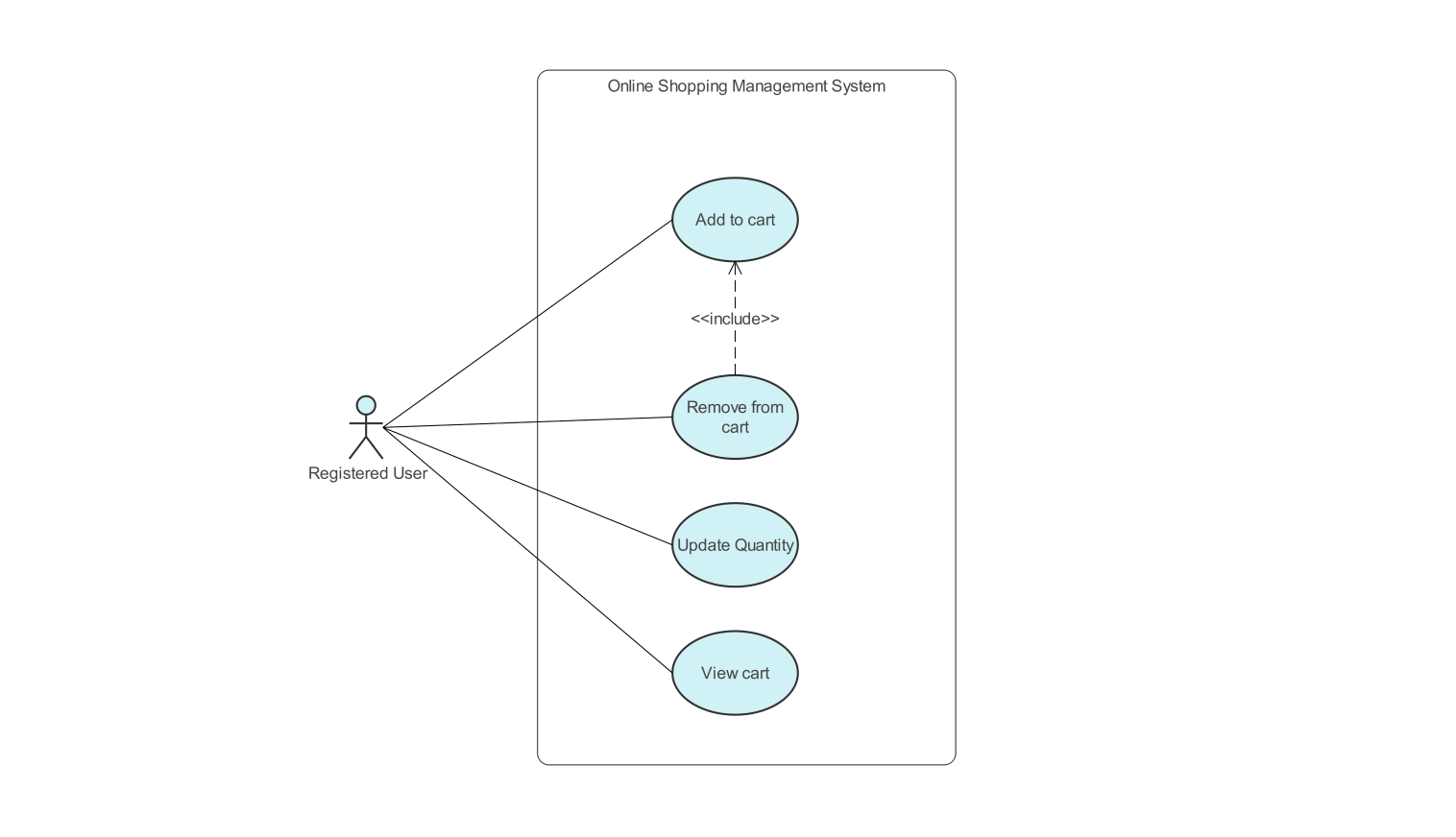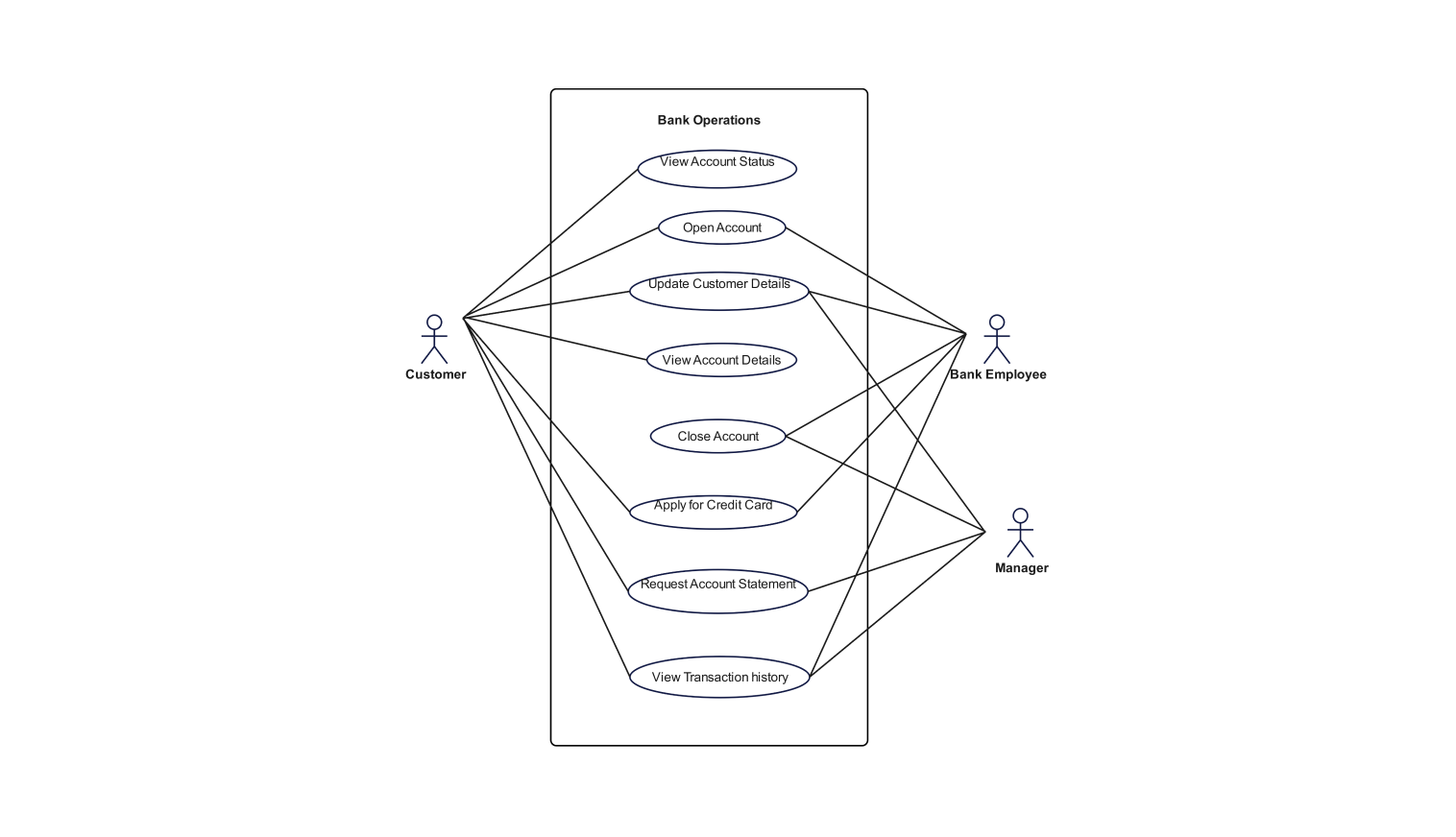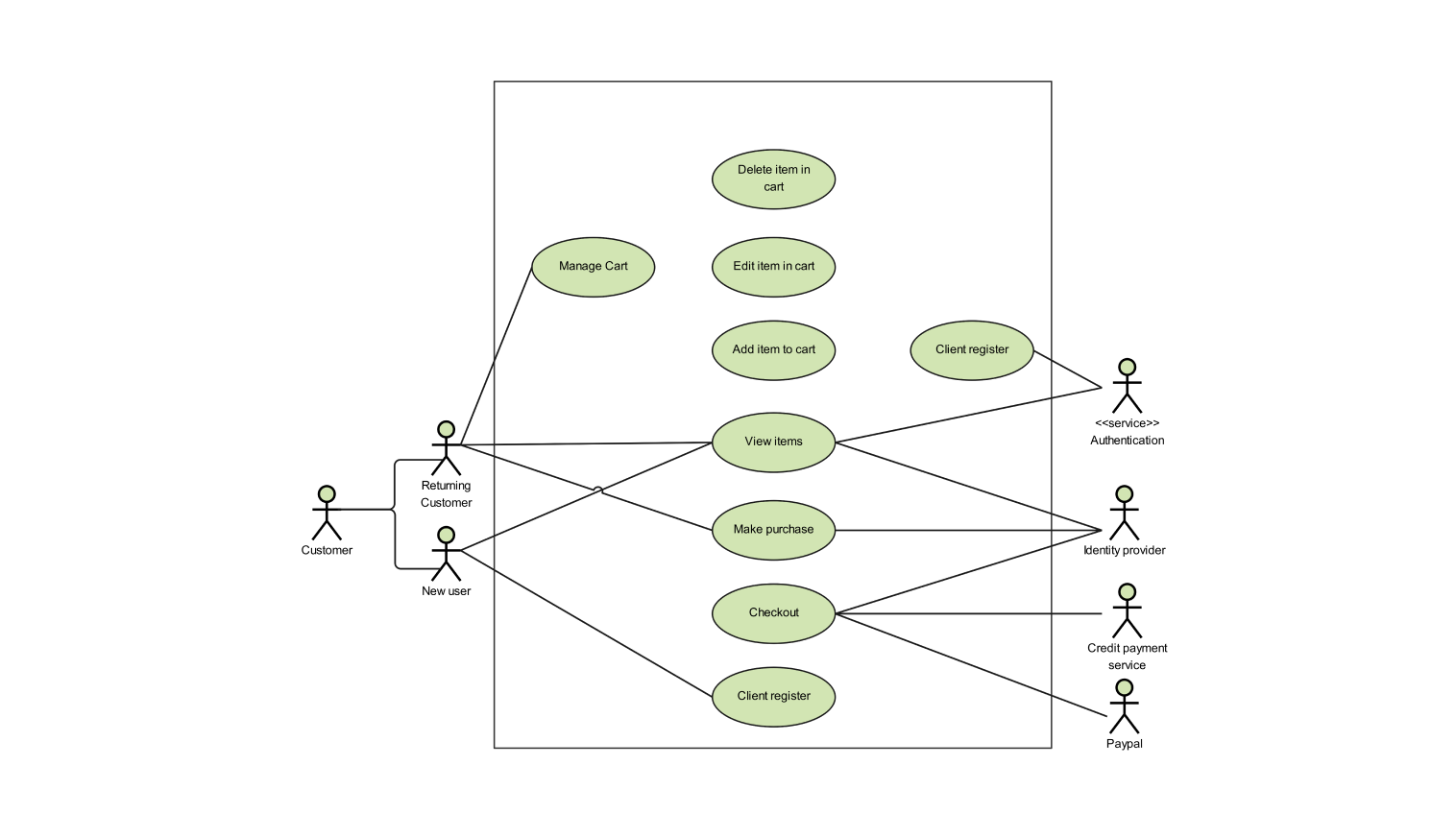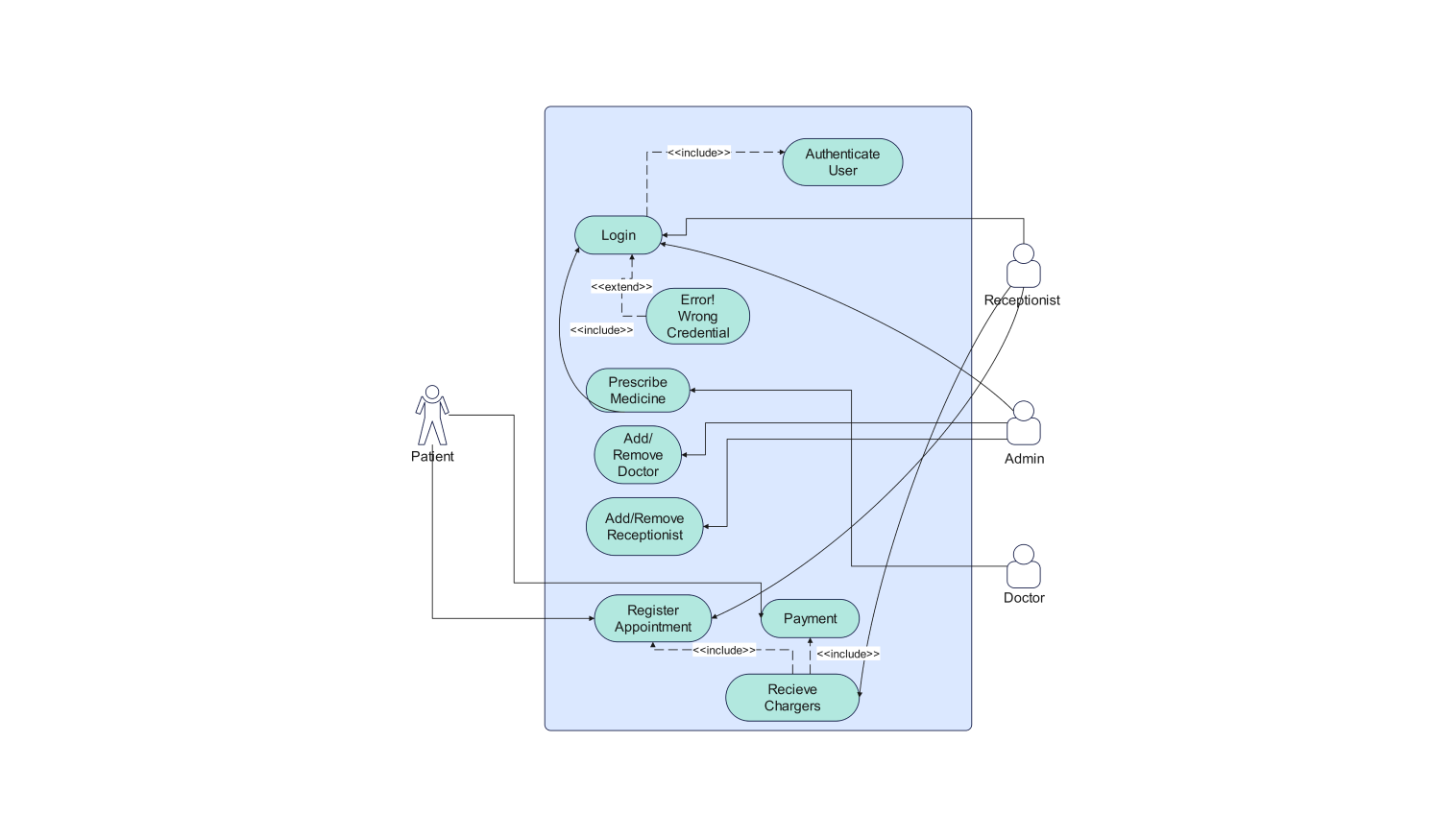- All templates
- Use case diagrams
- Use case diagram business analysis
About this use case diagram for business analysis
The use case diagram for business analysis shows the key interactions and responsibilities of various stakeholders involved in the business analysis process. The business analyst, project manager, and stakeholder are the primary actors in this diagram. They play an important part in the entire process of collecting and interpreting customers' needs.
The process gets started by gathering initial requirements. The business analyst ensures that these contain defined project’s needs. This stage requires stakeholders' involvement to ensure that all essential information is collected. This method establishes the basis for all following steps in the business analysis workflow.
Stakeholder identification and prioritization is an important step in the requirements elicitation process. It guarantees that all key stakeholders are included in the process. These stakeholders are selected based on their interests and impact on the project. This ensures that all views are addressed when creating project requirements.
The business analyst then evaluates the collected requirements, verifies, validates, and prioritizes them. Prioritization ensures that the most essential requirements are handled first, in line with project objectives and stakeholder expectations. This stage aids in scope management and the establishment of achievable project delivery goals.
Once the requirements are gathered correctly, the business analyst develops the use cases that show the system’s functionalities from a user perspective. Use cases help to provide an overview of the system's functionality. Hence, providing a clear roadmap for developers and testers to understand the desired system behavior.
The business analyst also manages stakeholders' expectations and ensures that there is a defined project scope and schedule. This work requires ongoing discussion and modification to keep the project on track with stakeholders' demands and company objectives.
The business analyst's other key role is to validate requirements such that these align with the project milestones and objectives. This includes ensuring that the requirements gathered are precise and accurate when it comes to representing the demands of stakeholders.
This phase helps prevent scope creep or requirement gold plating and keeps the project on schedule. Conducting interviews is also considered to be a part of the validation process as it helps to clarify requirements and ensure they are properly documented.
The project manager is responsible for developing use case diagrams, which translate the requirements and stated use cases into visual representations. This stage aids in visualizing the system interactions and ensuring that all functionality is addressed. It is a critical tool for explaining the system design to technical teams.
Related templates
Get started with EdrawMax today
Create 210 types of diagrams online for free.
Draw a diagram free Draw a diagram free Draw a diagram free Draw a diagram free Draw a diagram free








